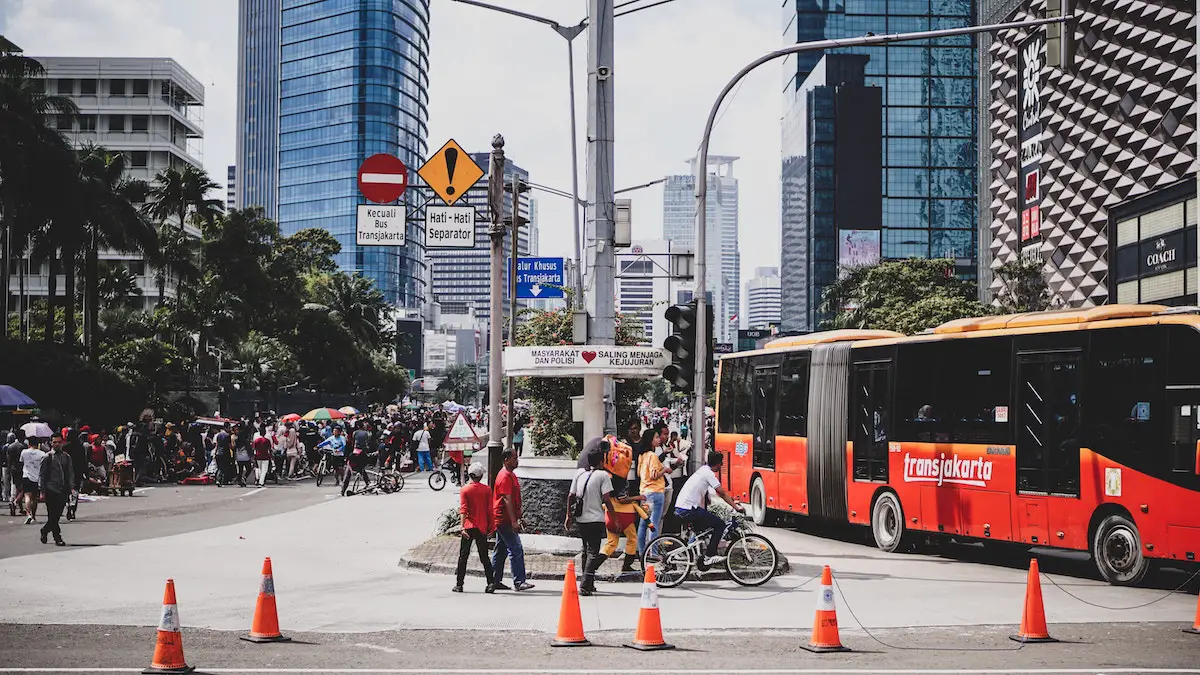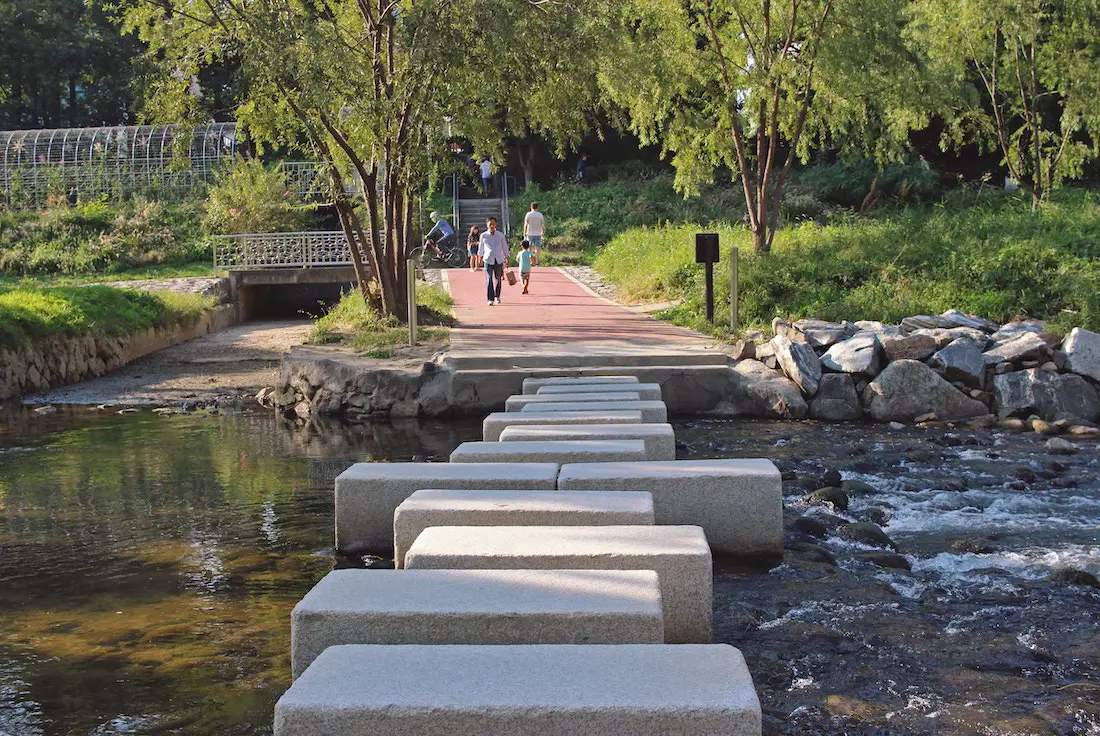The problem
Ho Chi Minh, the city that never sleeps, is home to eight million officially, but estimates of ten million are more reasonable. Everywhere you look there is a sea of motorbikes, cars, and buses. It is estimated that there are 4.7 million motorbikes in Ho Chi Minh City, with 350,000 licensed each year. To put the traffic into perspective, my five kilometre drive to work takes 45-60 minutes as a result of traffic. This is on a personal motorbike; public transport (bus) would take me approximately two hours with two transfers. Commute times are the least of concerns, as pollution, collisions, and traffic related deaths top the list. Despite the recent 2007 helmet law requiring all riders to wear a helmet, proper use and awareness is still a challenge. It is evident that this city has a major traffic problem; however, with the size of population and growing number of personal vehicles, implementing a new system is difficult.
So what is the solution?
In recent news, the Vietnam government has requested a new plan from the Ministry of Transportation by the end of 2012, with an aim of reducing traffic. The government has also asked Hanoi and HCMC to restrict the use of motorbikes to certain times of the day – easier said than done. Back in 2003, the Ministry of Public Security tried similar measures through a registration restriction of one motorbike per resident; however, public opposition was too strong. The ban was soon after revoked, as it was seen to be a breach on citizens’ ownership rights.
One solution recently proposed by HCMC Government includes implementing a tax on larger vehicles. The motorbike has been synonymous with the streets of Saigon for the last 15 years; however, the car has not. The cost of automobiles in Vietnam is extremely high, therefore, automobile ownership is not a necessity, but rather a sign of wealth and luxury. These large vehicles add further strain to the transportation systems.
The solution proposed includes implementing an entry fee of US$1.50-$2.50 on automobiles entering the downtown core, with the exception of public transport. Fees would be collected daily through tollbooths stationed in busy districts. While the intent is accurate, the results don’t look promising. First off, the implementation of this new fee would cost the city approximately US $57.6 million. Not to mention, the resulting traffic jams from tollbooths and increased wait times. With the small fee and inefficient collection methods, I have doubts about its success.
Large-scale solutions such as intensified public transportation systems are on the table; however, projects such as a proposed subway system are continuously delayed. Public transportation seems to be the solution to all the world’s traffic woes, but implementation is much more difficult in reality. How do you implement such large-scale public transportation systems in a city with no room to breath?
The solution to this traffic jam is anything but simple, and surely will not please everyone. Restrictions on cars and motorbike ownership seem like a positive direction; however nothing will prove successful unless it is efficient and strictly enforced, with public transportation accessible and encouraged.
Kristy May is an International Development student currently located in Ho Chi Minh City.
Photo: Robert Metz


